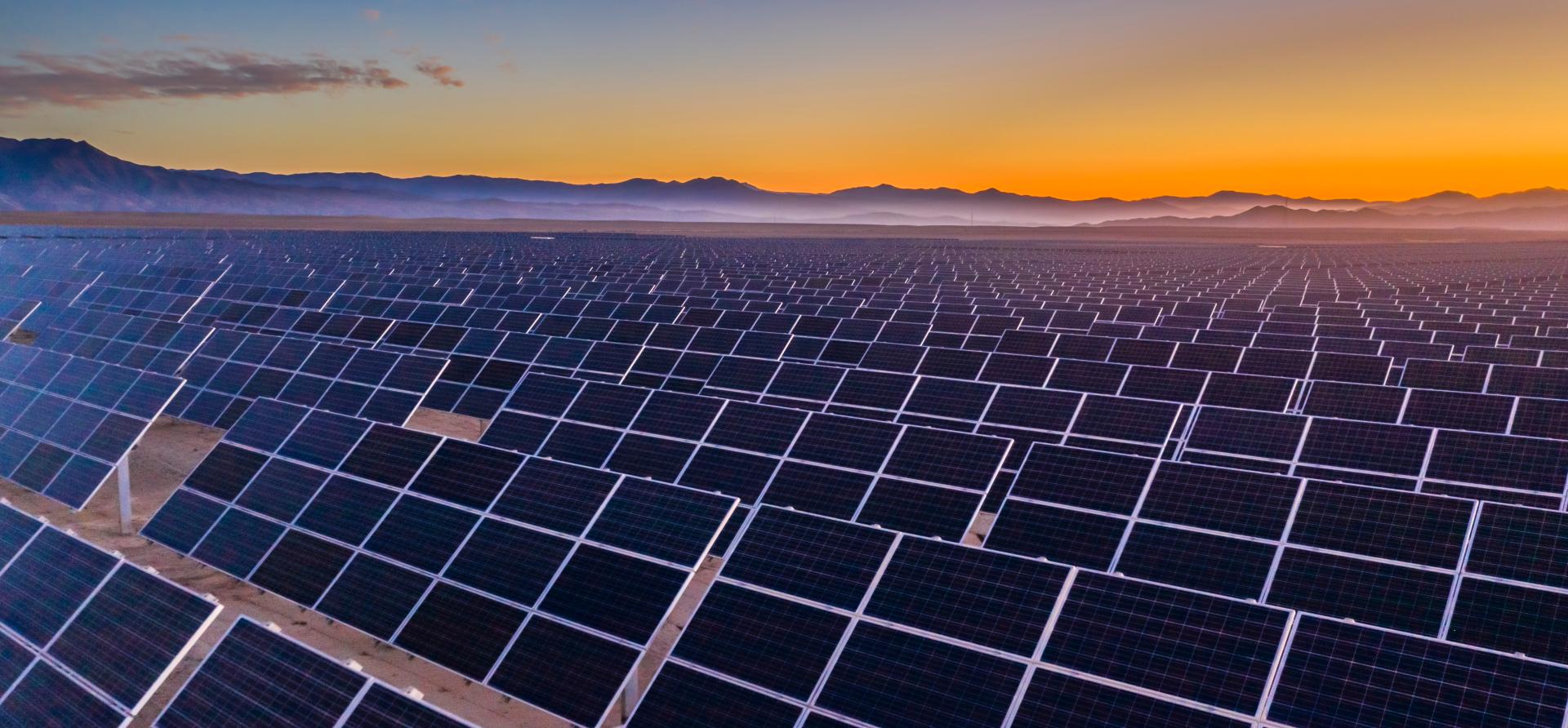
Key Findings
The export of Indian photovoltaic (PV) modules has risen exponentially by more than 23 times between Fiscal Year (FY) 2022 and FY2024, primarily to the US, which accounted for more than 97% of India’s exports in both FY2023 and FY2024.
With the expiration of the Free Trade Agreement and an ongoing antidumping and countervailing duty investigation, India can potentially replace Southeast Asian countries to become the leading PV exporting country to the US.
During periods of domestic supply shortage, certain distributed renewable energy segments, such as residential rooftop solar, will be affected due to their smaller order sizes.
After accounting for exports, the resultant supply by Indian PV manufacturers available for consumption in India in the next two years will only be 21 gigawatt (GW) and 25GW, which is less than the approximate requirement of 30GW per annum to meet India’s 2030 renewable energy target.
Executive Summary
India is making significant progress in transitioning from a net importer to a net exporter of photovoltaic (PV) products. In Fiscal Year (FY) 2024, Indian PV manufacturers exported approximately US$2 billion worth of PV modules. The export value of PV modules from India increased by more than 23 times in just two years between FY2022 and FY2024.
Several factors have contributed to this rapid increase in PV exports from India FY 2022. These include reduced demand for domestic PV modules following the delayed implementation of the Approved List of Models and Manufacturers in April 2024, several countries considering India as a viable option for their “China Plus One” strategy, and an opportunity for domestic PV manufacturers to diversify their revenue base and sell their products at a higher premium abroad. Despite increased logistics expenses, domestic manufacturers can achieve approximately 40-60% higher profit margins on PV module sales in developed nations like the US than in India.
Indian PV manufacturers are increasingly focusing on the export market. Until FY2024, three of the largest domestic PV manufacturers – Waaree Energies, Adani Solar and Vikram Solar – accounted for most of India’s PV exports. Each company exported more than half of its annual actual production in FY2024. Several other Indian PV manufacturers, like Grew Energy, ReNew Power, Navitas, Solex Energy and Saatvik Energy, are pursuing export markets and setting up supply chains abroad. Waaree Energies and Vikram Solar are also planning to set up PV manufacturing capacities in the US, taking advantage of the incentives offered under the Inflation Reduction Act (IRA).
Most Indian PV exports are to the US, which accounted for 97% and 99% of India’s PV exports in FY2023 and FY2024, respectively. India also exports PV products to South Africa, Somalia, Kenya, the UAE, Afghanistan, Nepal and Bangladesh.
The US has imposed steep tariffs on PV products from China to gradually phase out Chinese imports. The US government might extend these tariffs to imports from Southeast Asia (SEA), subject to the result of an ongoing antidumping and countervailing duty (AD/CVD) investigation by the US Department of Commerce. SEA countries, including Vietnam, Malaysia, Thailand and Cambodia, cater to more than three-fourths of the US’ annual PV requirements. If found guilty under the AD/CVD investigation, the import duty on PV products from SEA countries will be the same as that on Chinese imports, enhancing India’s prospects of establishing itself as a leader in PV exports to the US. The outlook for Indian exports further improves considering that PV manufacturing capacities set to come online in the US under IRA are experiencing delays and not all may come to fruition.
India needs to adopt a multi-pronged export-oriented approach. First, it should continue to leverage its advantageous position in the US market, as it is one of the largest solar markets in the world in terms of both installations and technology adoption. This exposure will enable Indian PV manufacturers to attain economies of scale, ultimately enhancing their product quality and competitiveness. Second, to truly establish India as a global manufacturing hub in the long run, Indian PV manufacturers must focus on upstream backward integration. This will help India maintain its foothold in existing markets while unlocking untapped markets like Europe, Africa, Latin America, etc.
As India establishes itself as a viable alternative to China, balancing the demands of the export and domestic markets is important. When there is a supply-demand gap, it is crucial to ensure adequate domestic supply, especially for market segments with smaller order sizes, such as distributed renewable energy, including residential rooftop solar. The supply-demand gap also affects solar module prices, a critical factor for the price-sensitive residential rooftop solar segment.

















